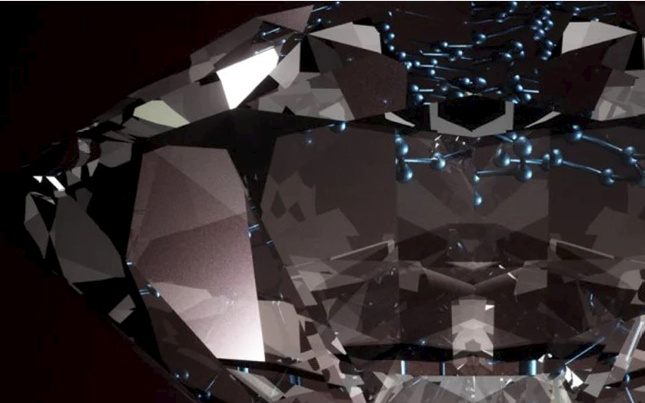World First: Lab Grown Hexagonal Diamonds
August 05, 25
(IDEX Online) - Researchers have, for the first time, created bulk quantities of super-strong hexagonal diamonds in the lab.
Ordinary diamonds have a cubic lattice, but hexagonal diamonds have carbon atoms bonded in a hexagonally symmetric arrangement. Both types have carbon atoms bonded tetrahedrally; the difference lies in how these tetrahedra are stacked.
Hexagonal diamonds, also known as lonsdaleite, have been found as microscopic grains in meteorite debris, formed by the intense heat and pressure during impact.
British chrystalographer Dame Kathleen Lonsdale first proposed the existence of a hexagonal diamond structure, and the mineral was identified in meteorites in 1967. Scientists have been trying to replicate them ever since.
A research team based at the Center for High Pressure Science and Technology Advanced Research, in China, now say they have successfully created millimeter-sized pieces of almost pure hexagonal diamond in the lab.
Their findings are published in the scientific journal Nature.
They say they were able to create hexagonal diamonds in bulk under carefully controlled high-pressure (200,000 times atmospheric pressure) and high-temperature (1,400C) conditions.
They used a a device known as a diamond anvil cell, which can squeeze tiny samples between two diamond tips to exert these enormous forces, and focused laser beams.
File pic of lonsdaleite courtesy RMIT University, Australia.